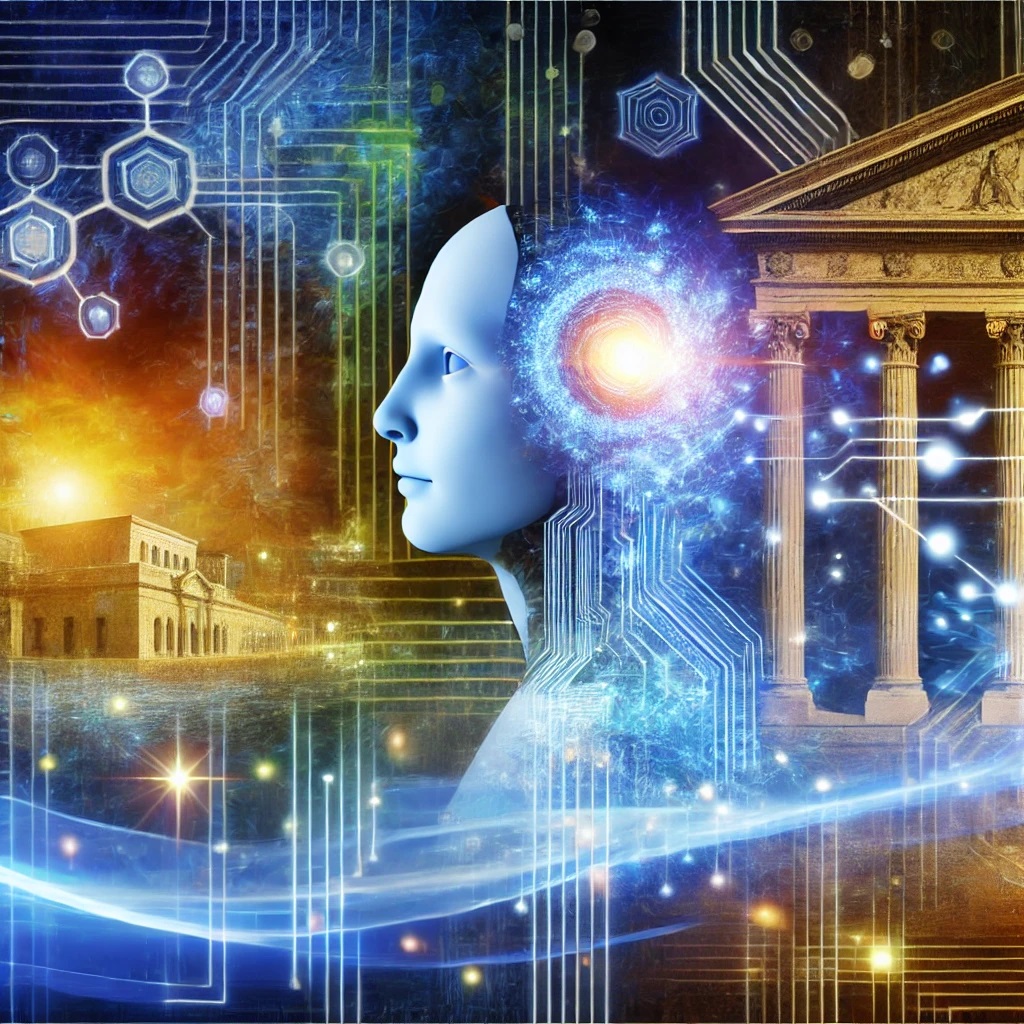A Hands-On Guide
Introduction: Turning Concepts into Reality
Learning AI concepts is exciting, but applying them to create something tangible is where the real fun begins. Building your first AI project may seem intimidating, but with the right guidance, it can be a rewarding experience. Whether you’re a beginner or an enthusiast looking to start small, this guide will walk you through a step-by-step process to create a simple, yet impactful AI project.
In this seventh blog of our AI Terminologies Series, we’ll build a basic image classification model using Python and TensorFlow. By the end, you’ll have your very own AI system that can classify images like a pro!
Project Overview: Image Classification
What You’ll Build:
An AI model that can classify images into categories—for example, distinguishing between cats and dogs.
Why This Project?
- Image classification is one of the foundational applications of AI.
- It introduces key AI concepts like data preprocessing, training, and evaluation.
Tools You’ll Use:
- Python: Programming language.
- TensorFlow/Keras: Machine learning framework.
- Google Colab: Free platform to write and run code in the cloud.
Step 1: Setting Up Your Environment
- Install Required Libraries:
If you’re using Google Colab, these libraries are pre-installed. For local setup: - Import Libraries:
Start your Python script by importing the necessary packages:
Step 2: Preparing the Dataset
- Choose a Dataset:
For this project, we’ll use TensorFlow’s built-in Cats vs. Dogs dataset. - Load and Preprocess the Data:
Split the dataset into training and validation sets, and normalize the pixel values for better performance.
Step 3: Building the Model
- Define the Model Architecture:
Use a simple Convolutional Neural Network (CNN) for image classification. - Compile the Model:
Specify the optimizer, loss function, and evaluation metrics.
Step 4: Training the Model
- Train the Model on the Training Data:
- Monitor Training Progress:
Visualize the accuracy and loss over epochs to ensure the model is learning correctly.
Step 5: Evaluating and Testing the Model
- Evaluate on Validation Data:
Check the model’s performance on unseen data. - Test with New Images:
Upload a new image and let the model classify it.
Step 6: Enhancing the Model
Once your basic model is working, consider enhancing it:
- Add data augmentation to make the model more robust.
- Use a pre-trained model like MobileNet for better accuracy with less training time.
Project Takeaways
- What You Learned:
- Basics of image classification using TensorFlow.
- Building and training a Convolutional Neural Network.
- What You Can Do Next:
- Experiment with other datasets like handwritten digits or fruits.
- Build a multi-class classification model (e.g., recognizing multiple animals).
Conclusion: Your AI Journey Begins Here
Congratulations! You’ve just built your first AI project—a functional image classifier. This hands-on experience has introduced you to the core steps of building an AI model, from data preprocessing to deployment.
In the next blog, we’ll dive into Advanced AI Trends, exploring the future of AI with topics like federated learning, explainable AI, and edge AI. Stay tuned to Explore AIQ as we continue this exciting journey into artificial intelligence!




